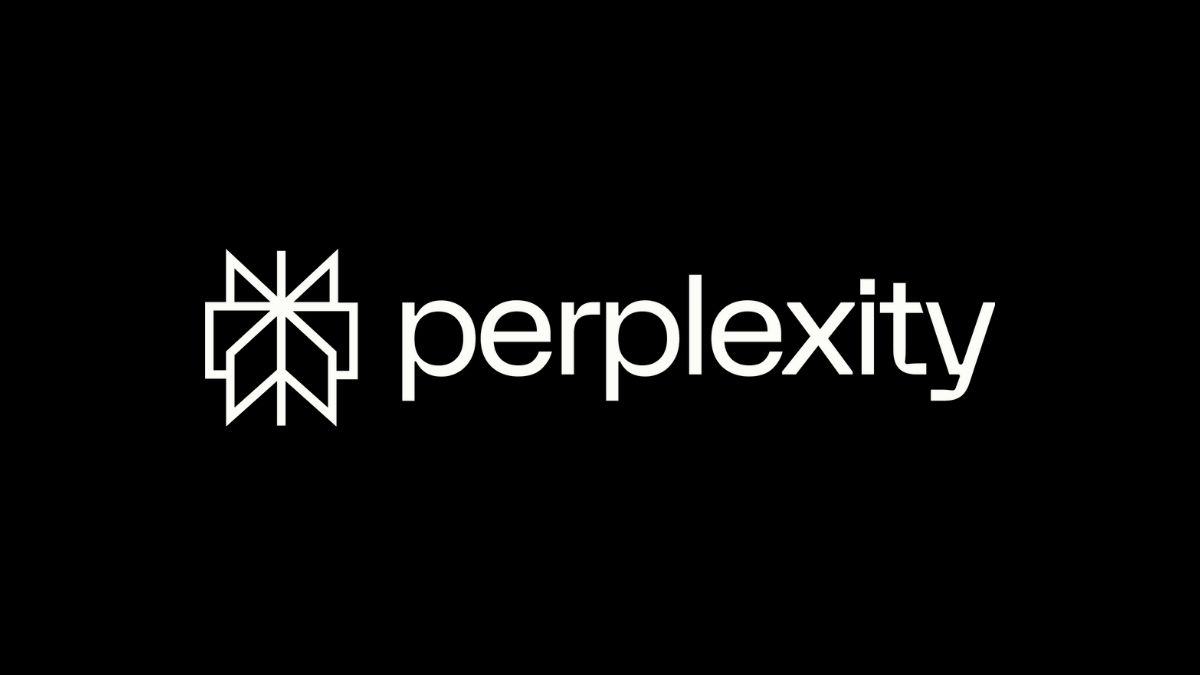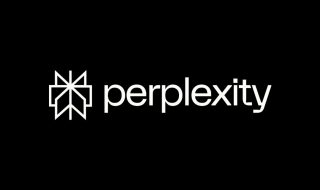Patent searches have always been a tough task. So, Perplexity is here to help you. It has launched a new tool called Perplexity Patents. Perplexity Patents is an AI-driven engine that lets you ask simple, everyday language questions and get back clearer, human-friendly results.
How the AI Patent Research Tool Works in Practice
Instead of typing complex Boolean strings or digging through obscure patent classification codes, you ask questions like: “Which patents cover AI-driven language teaching?” The tool then pulls up relevant patents and applications, organized by topic. You can ask follow-up prompts: “Show recent grants,” or “Filter by assignee,” or “Focus on redesign ideas.”
The system also maps synonyms and related terms. For example, you search “fitness trackers” and it might show patents for “activity bands,” “step-counting wristwatches,” or “fitness monitoring accessories.” That semantic reach cuts the need to guess every variation of a term.
It gives you summaries, links to the full documents, and an inline viewer so you can check claims and details directly. While it’s not a full replacement for in-depth legal work, it gets you to the right area much faster.
Why It Matters for IP Teams and Patent Professionals
Patent libraries globally are huge. We are talking over 100 million documents across national offices and international systems. Prior-art searching is expensive and time-consuming. For example, according to industry surveys, professional searches can cost thousands of dollars.
In that context, an AI tool that can compress the early work from days into hours is a big deal. It helps in scenarios like R&D road-mapping, novelty checks before drafting, or competitive landscaping. If you spot relevant patents early, you could avoid filing something doomed or identify licensing opportunities sooner.
For IP teams and innovators, this changes the workflow: moving from hours of manual digging to interactive, conversational searching. It means you can ask: “What are the open patents in quantum sensing since 2022?” and get immediate clusters to dig into.
Academic Papers & Code
Perplexity says the tool won’t stop at formal patent offices. It also scans academic papers and public code repositories. Why is that relevant? Because many new inventions first appear as pre-prints or open-source code, before a formal patent is filed.
For fields like generative AI, quantum algorithms, or bioinformatics, this gives a blended view: research → prototype → filing. That view is increasingly valuable. But an important caveat remains: the tool gives good pointers, not final legal opinions. You will still need to read claims, check priority dates, and dig into embodiments if you want to make decisions based on this.
How to Compare to Existing Patent Search Options
There are many tools, such as Google Patents, Lens, PatSnap, commercial platforms from Clarivate, and more. Most of these now include some machine-learning or enhanced filtering. What sets Perplexity’s tool apart is its AI-first workflow. You can ask in natural language, refine conversationally, and get semantic matches. The differentiators to watch are: how broad and fresh its coverage is (major offices, countries, fresh filings), how reliable the export/audit trail is (for legal workflows), and how well it integrates with existing IP analytics or prosecution pipelines.
If it nails those, it could shift how non-specialists engage in patent research and how teams approach early diligence.
Availability and Pricing for the Beta
The tool is globally available in beta. It is free to use during the beta period, with paid subscriptions offering higher usage quotas and more advanced model configuration. If your team already uses Perplexity’s search models, this new workflow slots in nicely for early-stage diligence or scouting.
It’s not a one-click full solution, but speeding the first pass and making results more discoverable is a meaningful move. Over time, as features mature (exports, audit logs, full claims integration), adoption may grow significantly.












